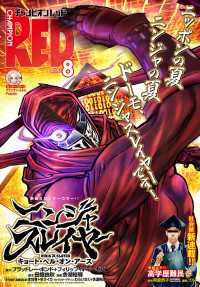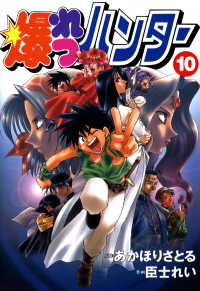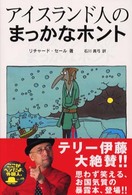Full Description
People often wear their causes on their t-shirts, in their choice of traditional attire or other garments, or by way of specific costumes, pieces of jewellery or particular accessories. In Was It Something I Wore? Dress; identity; materiality, the contributors explore the construction and performance of personal and social identities. The essays point to the significance of dress as material culture in social science research not only in their content but also in their focus on a variety of methodologies including memory work, visual studies, autoethnography, object biographies and other forms of textual analysis.
The framing question, Was it something I wore? is central to the many dress questions the book raises; questions that challenge the socio-political status quo. To what extent does dress visually signify the construction of a chosen identity and a chosen performance? How does dress position the body and identity in different social and cultural spaces? How does dress signify oppression and/or liberation for women and how might this differ for men? What is the role of dress in the constructions of schooling and contemporary childhood? In its exploration of these and other questions, Was it something I wore? addresses a variety of pertinent social issues that confront communities in southern Africa.
Contents
Dress, identity and method. Accessorising democracy. Dressing to learn/learning to dress. Dressing for social change.








